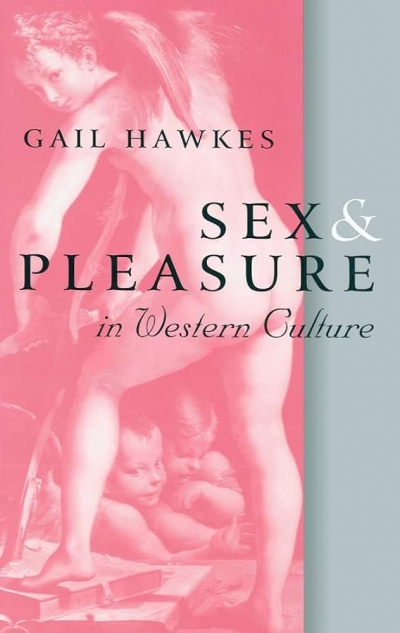I should read my email more carefully. Like many, I have to admonish myself thus at regular intervals, but it doesn’t always work. This review is a case in point. When invited to review a book on ‘sex and pleasure’, this request stood out from an unread e-mail queue that was uncomfortably long. I had just published a book myself on the history of sexuality (Histories of Sexuality: Antiquity to Sexual Revolution), so the topic had appeal, but, in my haste to reply, I neglected the qualifying phrase ‘in Western Culture’. To my horror, I opened Gail Hawkes’s book only to be confronted with an immediate ethical dilemma (and given my current role as Dean of an Arts Faculty, I could do without another one). Sex and Pleasure in Western Culture covers substantially the same ground as my book: from Ancient Greece to the present day. Even some of our chapter divisions overlapped: classical antiquity; early Christianity; the medieval era; the early modern period and so on. How could I approach a review in the dispassionate way this art requires, when troubled by insidious fears that this might be a better book?
...
(read more)





